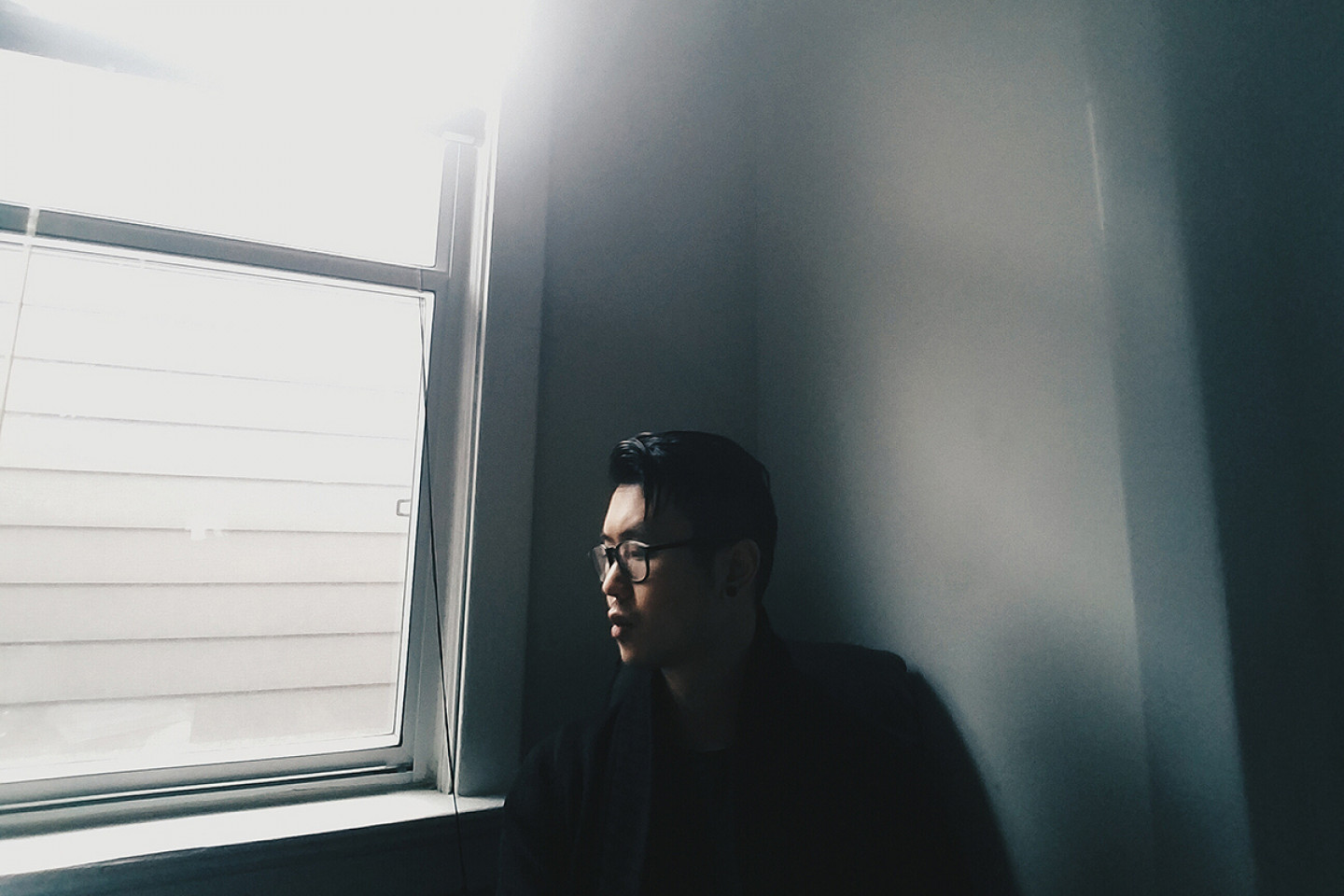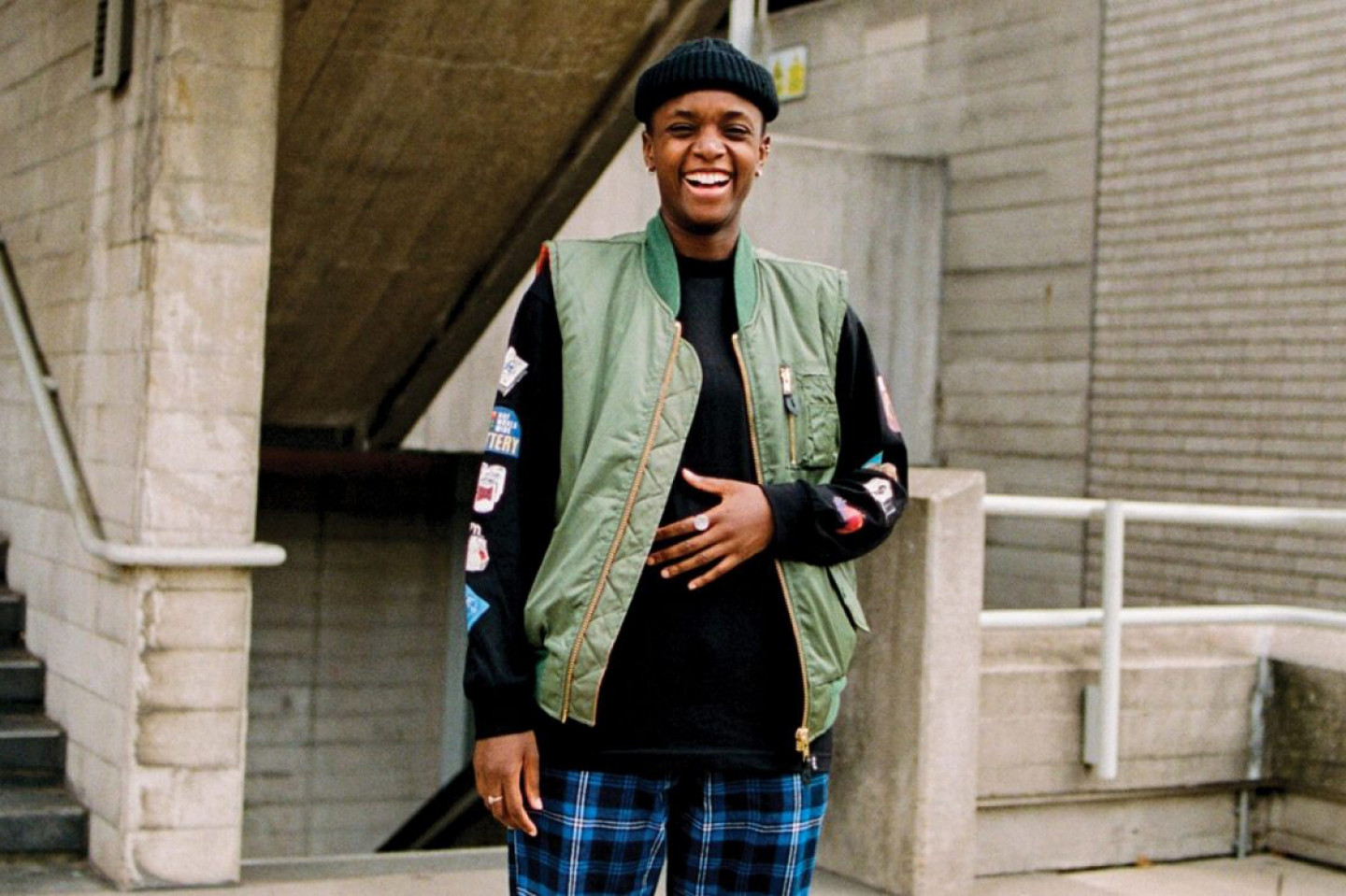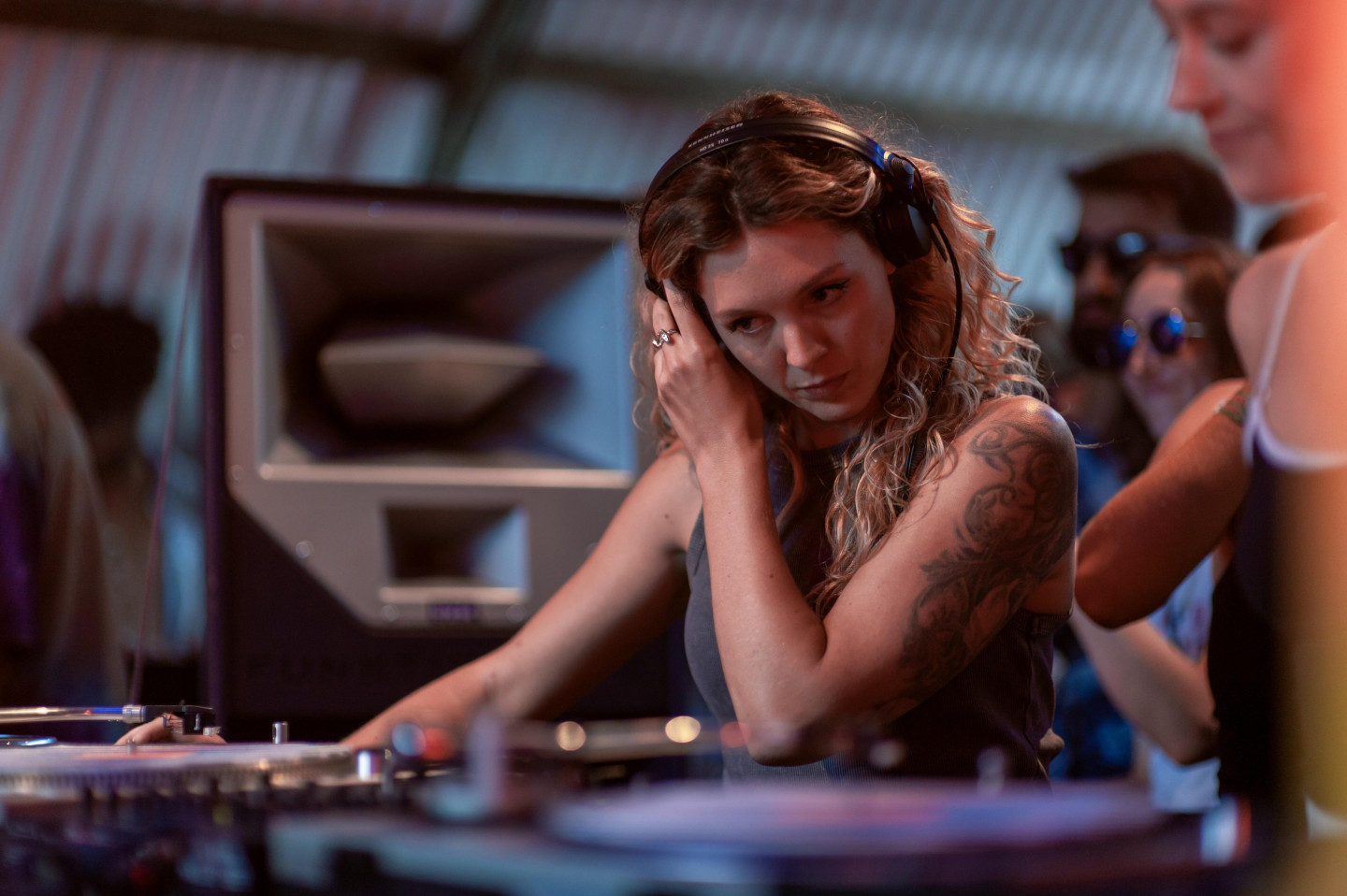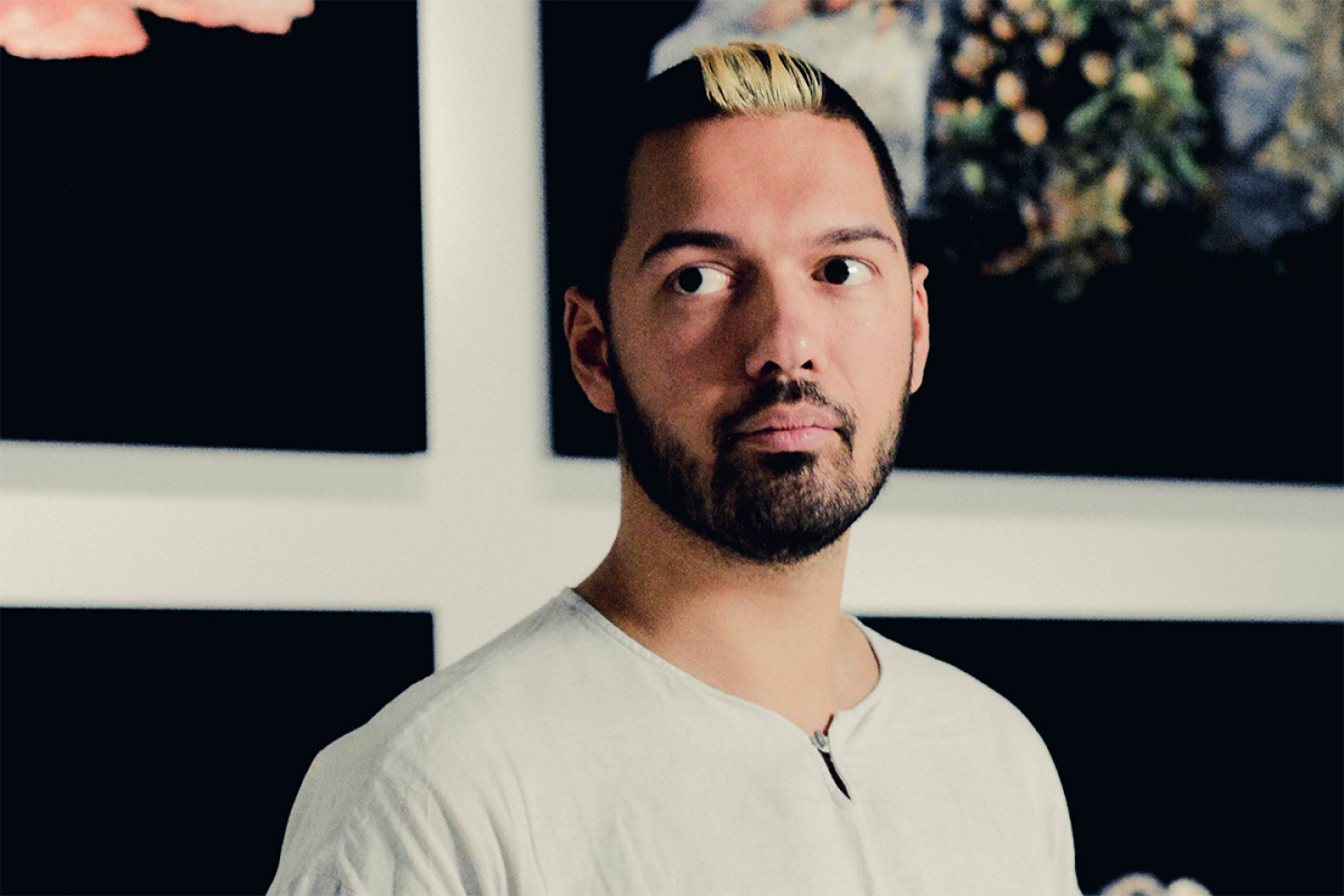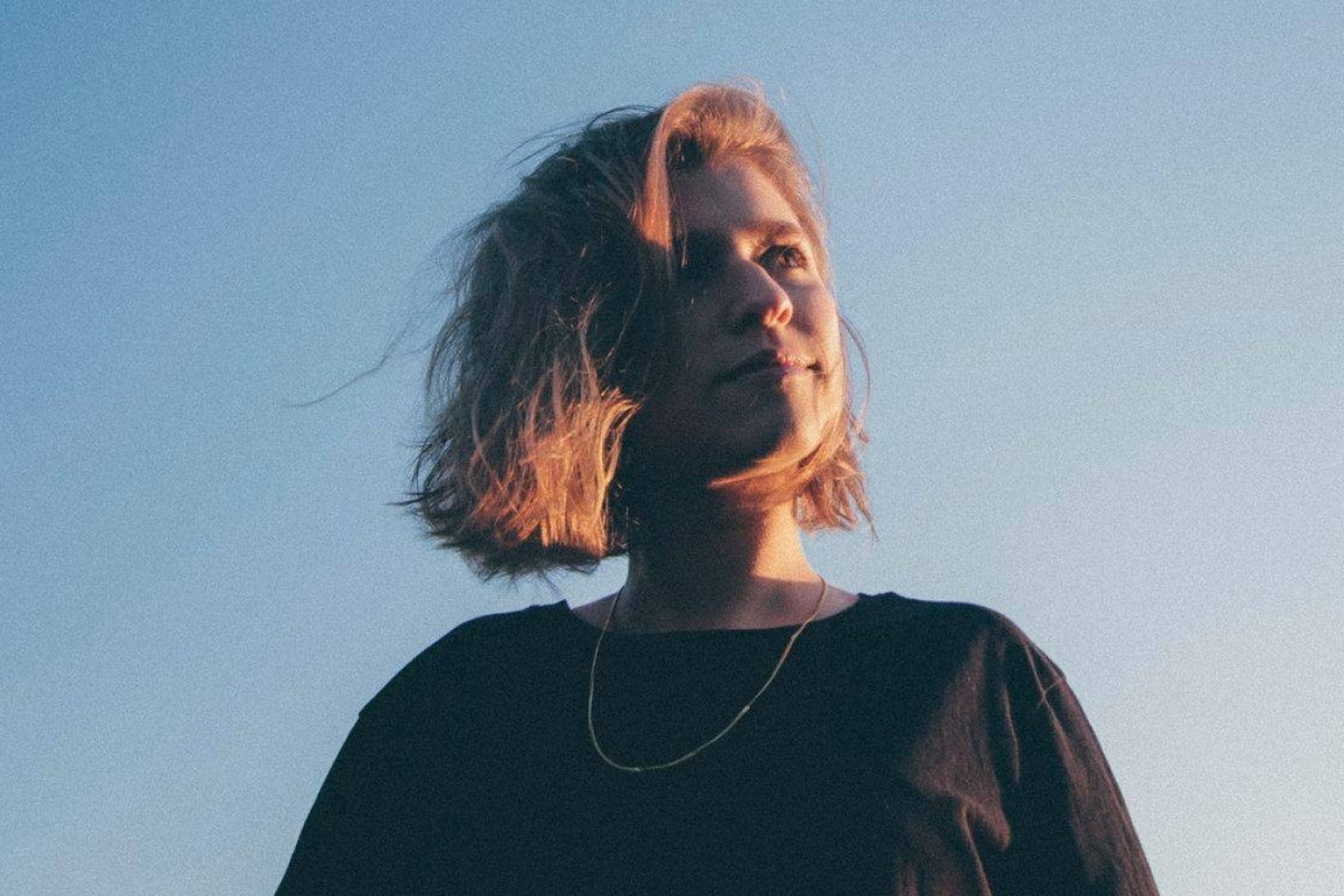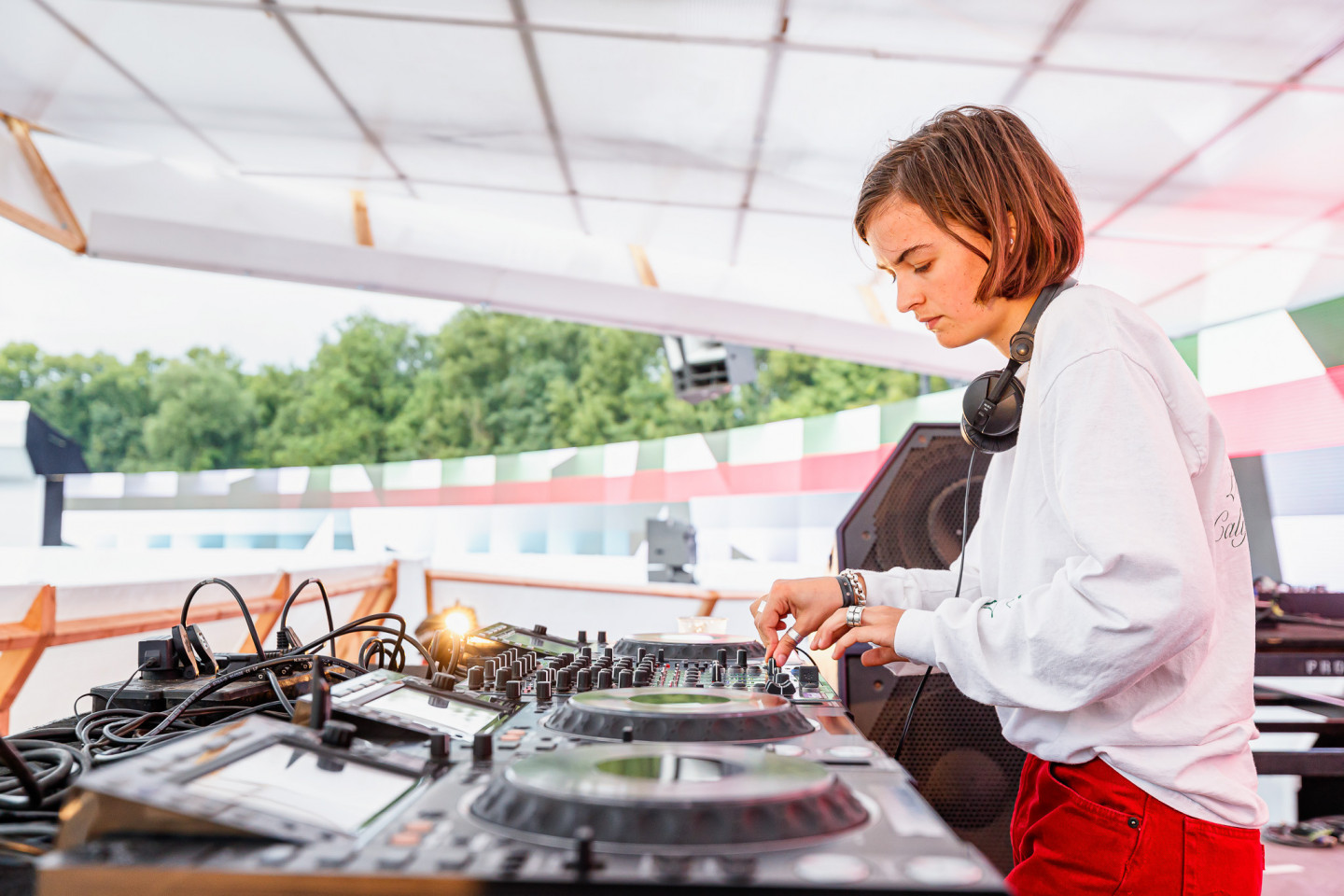Tempo has always played a vital role on the dancefloor, determining the energy flow of a party from the first track to the last. As dance music culture has evolved, and technology with it, the pace of what's coming out of the speakers in a dance has in turn influenced the music being made away from it.
Words by Oli Warwick
Consistently, a broad range of BPMs have catered to the global populous of party people, but there’s a special significance for the emergence of faster music.
The rave explosion in Europe and the United States is the starkest example of this. As the culture grew exponentially, larger, wilder events called for a fiercer music to fit the often-anarchic situations. But the same could be said for Hi-NRG, which catered to a hard-partying gay scene in New York, described by Peter Shapiro and Lara Lee as being about "unfeasibly athletic dancing, bionic sex, and superhuman stamina". Tanzania’s evolving Singeli sound rushes at anything up to 300 BPM – a determined response to be inventive with limited means that stemmed from sampling local music such as taarab and speeding it up.
In the lineage of UK club music, tempo continued to hold sway over the upwards arc of hardcore before it splintered into jungle and happy hardcore (and countless other substrata of styles). This gained a special relevance in the wake of dubstep, as a new generation of internet-fed artists meshed an increasingly varied range of influences into music that operated around 140 BPM. From that point on, around the late ‘00s, things started to get very blurry as electro, Chicago juke and footwork, jungle and techno all started feeding back into this amorphous tempo, and things have fractalised ever since.
“The decade-long parabolic resurgence of breakbeats in traditionally house and techno leaning circles opened those audiences tastes to faster, breakbeat-oriented genres,” says Aquarian, looking back at recent stylistic shifts in dance music. “There was a conversation with UK soundsystem subgenres, a desire to move away from 120-130 BPM house and techno and the sudden mainstream popularity of electro, which runs from 120 BPM to 155 plus.”
Throughout this time and since the dawn of rave there have been scenes exploring faster tempos. Drum & bass continued to mutate and spawn all kinds of subgenres from the mid ‘90s onwards. Breakcore proliferated in the underground ecosystem of free parties, just occasionally poking its head above the parapet in electronica circles. But more recently, the appetite for faster music has noticeably returned to the forefront of global dance music.
“The decade-long parabolic resurgence of breakbeats in traditionally house and techno leaning circles opened those audiences tastes to faster, breakbeat-oriented genres.”
“I see a lot more DJs from house and techno scenes incorporating faster tempos, and not just as a token last tune of their set,” says Djrum. “Not so long ago I would often find jungle a hard sell at a techno-orientated night. These days I can get away with being way more daring in my selection of faster stuff. As people have got more open, I've pushed it further.”
Sherelle has just returned from playing at the 2020 Bang Face weekender, one of the last major European dance music events to take place before the widespread COVID-19 lockdown. Since starting as a club night in London around 2003, Bang Face has championed all kinds of sped-up rave music from hardcore and jungle to gabber, nosebleed techno and manic acid. Sherelle’s own take on 150+ was a natural fit.
“They were so open to anything that I was playing, and especially footwork and jungle, 160,” she says. “It felt like how I imagine raves were going on in the ‘90s. People being really fucking happy to hear fast music essentially.”
The amorphous culture of bassweight music that has been sloshing around since the peak dubstep years has slowly gotten faster, with the cross-chatter between sounds like footwork and jungle getting louder with each passing year. Now we reach a point where ‘160’ has become a catch-all term as descriptive as ‘house’ or ‘techno’ – a tag that could cover a huge spectrum of sounds, but all united by a certain attitude.
“I would say the reason why people call it 160, like has happened with other tempos, is because it contains different parts of genres which are affiliated with that particular BPM,” explain Sherelle. “It's just better to have it as 160 because then people can be like, ‘okay, cool, I might hear some jungle or footwork or other influences in there’.”
"It felt like how I imagine raves were going on in the ‘90s. People being really fucking happy to hear fast music essentially." - Sherelle
“160 has always been jungle territory,” says Djrum. “In order to get more interesting stuff at that tempo you used to have to look to braindance [e.g. Rephlex Records] and IDM. That was until footwork came along and added a whole new dimension to 160.”
Jungle and footwork are the staple sounds feeding into the 160 phenomenon – two genres that leave sonic possibilities wide open. Jungle has always leaned on breakbeats for percussion, which can sound very different depending on the break in question. Meanwhile footwork, itself a descendant of Chicago-rooted juke and ghetto house, has a distinctive rhythmic palette which revolves around wildly syncopated drum machine patterns designed to make dancers flare up with ever more audacious moves.
It’s not just 160 though – there’s as much activity springing up around 150 BPM, which historically housed some strains of faster electro and ghettotech. Arguably the years after dubstep fallout were the first to see BPM used as a kind of musical signifier – 140 became a convenient catch-all for the increasingly varied sounds being produced. Artists like Addison Groove and Machinedrum were joining the dots between dubstep and footwork, and electro started being folded back into the mix as generic boundaries became less and less relevant.
What also became vitally important in helping DJs leap swiftly and effectively from style to style at breakneck speeds was a change in the preferred tools for the job. While vinyl still has its devotees and formats like Serato sought to bridge the gap for some time, CDJs are near-ubiquitous especially in the technically-demanding realm of fast tempo genre-melding sets.
“I've always loved fast electro, old techno at high speeds, D&B, footwork and jungle but was never able to get the pitch in on vinyl to jump cohesively from genre to genre as fast as I’d like,” explains Darwin. “CDJs widened those options with ease for me.”
“Dez [aka Andrés] from Detroit was the first person to open my mind several years ago that fast electro and D&B fit together,” she adds. “He will drop ghettotech, footwork and soul records all in one set, and all vinyl!”
It’s a somewhat futile task trying to profile a sound so ill-defined you have to code it by its speed, but primarily this is club music driven by DJ culture. As such the people we spoke to, most of them having played a Dekmantel-event in the past or set to appear at one in the near future, are amongst those pushing wild new ideas at faster tempos.
Toronto-born Aquarian has been stalking around underground labels like Bedouin Records while making a name for himself as a hybridized DJ dealing in darker strains of jungle, footwork et al. Darwin is behind the REEF events in Berlin and SPE:C label – two outlets that have been championing genre-fluid uptempo club music for many years. Djrum emerged from the dubstep diaspora with a supple approach that has spanned all kinds of tempos and moods from slow and melancholic to hyper-fast, rabid beats all marked out by an instinct for organic-sounding programming.
Miss Jay and upsammy have both flown the flag for faster tempos in The Netherlands, with the former exploring deeper strains of D&B especially while the latter favours experimental textures. Sherelle’s own meteoric rise has been emblematic of the rise in popularity of faster club music, thanks in no small part to the raucous energy she projects behind the decks and the canny edits of older tracks she works in alongside upfront material. But who are the other DJs these artists rate in the upper reaches of tempo?
“Skee Mask has been championing faster tempos for a while,” says Miss Jay. “I think his garnered respect in the scene has also slowly helped popularise the sound. He has such a refreshing ‘I don’t give a f*ck’ attitude, and that was really inspiring for me. Deep-digging, head-scratching bootlegs that most would not have dared to play.”
“I saw Slikback in Japan last year and that was such a breath of fresh air,” enthuses Djrum. “Very upfront and complex at the same time – a tricky balance to make. There were subtle polyrhythmic tempo changes, as well as brutal quick cuts.”
“I heard a set from Oceanic during a weekender at De School where he played 150ish,” says upsammy. “That tempo felt like a perfect middle ground to combine trancey 4-4 with stuff that had more breaks. By drastically increasing or decreasing the tempo of some tracks, he gave them a new kind of vibe that really worked.”
Typically for the internet age, the current crop of faster tempo music isn’t anchored to a geographical location in the way past scenes have been. Sherelle for one refers to the significance of her breakthrough appearance on Boiler Room as much as any club or festival gig, while the key name- checked parties incubating the scene span the globe.
“Club Night Club in the US, Rupture in London, Red Zone in Eindhoven that Sin is throwing,” Darwin lists when asked about the spots she feels are championing faster club music. “I’m pushing those tempos in Berlin with REEF. Obviously this has always been big in the UK and those scenes and parties have always been there. It just wasn't of interest to the techno and house media until recently,” she laughs, tongue only slightly in cheek.
Everyone agrees there is a wider acceptance of faster music amongst crowds than five or 10 years ago, particularly amongst an audience that might have ordinarily filled out a bigger club or festival stage playing house or techno around the 120-130 BPM range.
“I think that the internet has a lot to do with the broadening of peoples tastes,” says Djrum. “With so much easy access to niche music it's no surprise that people are opening up to more genres. As a DJ, the flow of your set becomes less about getting into a groove and more about an arc of tension and release.”
But that shift in attitude and an infinite number of hours of streamable material have translated into real-world dancefloor experiences, even in countries where there was considerable resistance. The UK may have a longer history with some elements of this music, but up until recently it had been a tougher sell in places like the Netherlands.
“I can’t say there is a particular scene in The Netherlands, but there’s a growing consensus of acceptance on more dancefloors,” says Miss Jay. “A couple of years ago I could only get around three D&B tunes out of the bag before people headed for smoke breaks. A couple of months back I played two hours non-stop in the very same spot and it felt like the space doubled in number and vibe.”
“There's a lot of people cottoning on to the fact that, you know, you can have a lot of fun with fast music.”
“It might be the interplay between half-time and full-time grooves that gets me,” she adds, musing on what it is that appeals to her about faster music. “It could be my Latin blood that is used to fast-paced percussion. I tend to really enjoy the hybrids. Tracks that have footwork and jungle flavors together, or neurofunk bass-step tunes, half-step grime flavours, and especially the hyped baile funk flavours.”
The switch between half and double time tracks is widely considered one of the great benefits of DJing at faster tempos. “I’m mostly a fan of broken beats at 150 plus,” states Aquarian. “Jungle, drum & bass, footwork, jit, electro and more experimental sounds. Some of these genres are so kinetic. When you hit 175 you’re basically looping back around to hip-hop and dancehall.”
Put simply, the rules are wide open as club music continues to thrive in the upper BPM range. With no specific stylistic tropes to cling to, sets are more unpredictable, and producers and DJs feel freer to experiment with crowds receptive to their creative whims. It helps that these diversions tend to be bounded by one guiding principle – to set off the dance.
As Sherelle says, “There's a lot of people cottoning on to the fact that, you know, you can have a lot of fun with fast music.”
Photos by: Sofia Lambrou, One House Artists, Hache, Bart Heemskerk.

